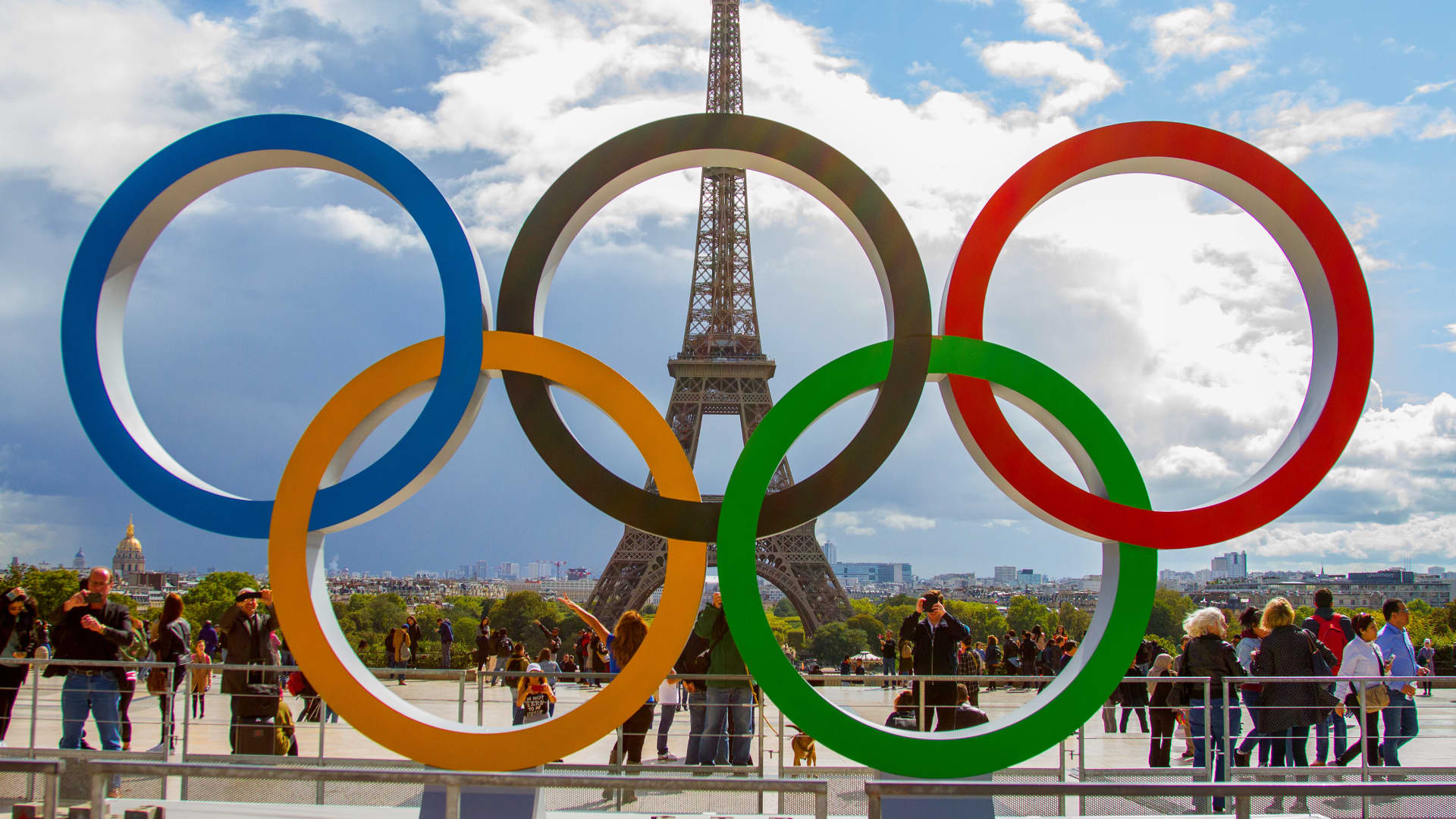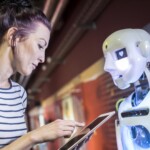Elite athletes have received training since the inception of the Ancient Olympic Games, where instructors known as gymnasts provided guidance on tactics, nutrition, and physical conditioning to various competitors such as runners, chariot racers, wrestlers, and boxers.
Currently, Olympians are gearing up for the upcoming Paris Games next summer. Their coaches and trainers uphold the Olympic motto of “faster, higher, stronger,” while leveraging centuries of technological advancements, now bolstered by artificial intelligence (AI).
Under the umbrella of the United States Olympic and Paralympic Committee, U.S. Soccer, one of the 47 National Governing Bodies, harnesses AI technology to swiftly identify and document player actions and positions during games. Through specialized software, coaches can analyze real-time performance metrics on aspects like body positioning, velocity, and timing.
Mike Levine, overseeing operational efficiency technology at the USOPC, emphasized the significance of utilizing personal analytics across various sports to pinpoint athletes’ strengths and weaknesses. This data-driven approach aids in devising tailored training and competition strategies to enhance performance and overall well-being.
While internal experts at the USOPC and NGBs delve into cutting-edge technology, data analytics, and sports science, major tech firms also contribute their AI expertise. For instance, USA Surfing collaborates with Microsoft engineers to optimize surfing techniques by capturing digital footage of surfers and employing AI algorithms to evaluate movements, equipment, and wave conditions.
Jonathan Lee, a key figure in sports technologies at Intel, highlights the revolutionary impact of 3D Athlete Tracking (3DAT), a system developed by Intel’s Olympic Technology Group. This technology generates three-dimensional models of athletes’ movements using sensor-based motion capture and video analysis, empowering trainers to refine and enhance performance effectively.
Furthermore, the NFL has integrated AI and computer vision into its Digital Athlete program, a partnership with Amazon Web Services aimed at analyzing player data to monitor and improve performance while minimizing injury risks. By leveraging AI algorithms, the program offers valuable insights to optimize training and treatment regimens, revolutionizing the approach to player health and safety.
In the realm of elite athlete coaching, the emergence of digital twins—a virtual replication of real-world entities—has revolutionized training methodologies. Collaborations like the one between Tata Consultancy Services and Dassault Systèmes have led to the creation of artificial replicas tailored to individual athletes, such as Des Linden’s digital heart model for performance enhancement and training customization.
AI also plays a pivotal role in sports nutrition planning, with tools like the Notemeal app simplifying the process of creating personalized meal plans for athletes. By integrating AI capabilities, professionals like Alicia Glass can design tailored nutrition programs based on athletes’ specific needs, training schedules, and biological profiles, ultimately optimizing performance and well-being.
As technology continues to advance, athletes like Des Linden acknowledge the transformative impact of AI in refining training regimens and enhancing overall performance, paving the way for a more personalized and efficient approach to sports preparation.






